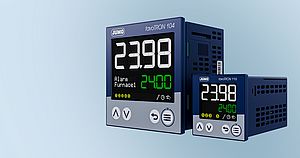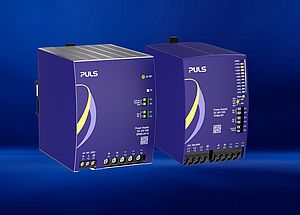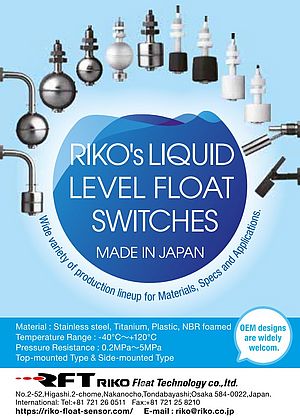Renesas Electronics Europe announced the win of the prestigious Assodel Award in the category of Semiconductors. Assodel, the Italian Federation of Electronics Suppliers, honours a selection of the best electronics manufacturers in Italy with this award annually. It chose Renesas as the winner in Semiconductors this year because of the company’s consistently high levels of innovation, quality and performance. Assodel particularly highlighted the Renesas Synergy™ Platform, noting that this new complete and qualified platform for embedded MCU systems with its fully integrated software, scalable family of microcontrollers (MCUs) and intuitive development tools enabled customers to design Internet of Things (IoT) devices easier and faster.
Renesas’ Assodel Award is a further reflection of the considerable success that the company’s Synergy Platform has enjoyed since its launch last summer. With IoT rapidly growing in importance, developers are trying to re-evaluate traditional embedded development approaches in order to get their products to market faster and maintain their competitive edge. A key advantage of the Synergy Platform is that it enables embedded system engineers to start their MCU software development from the Application Programming Interface (API) level instead of struggling with low-level details. The platform is based on the Synergy Software Package (SSP) that integrates Express Logic’s ThreadX® real-time operating system (RTOS) along with a wealth of stacks, libraries and utilities. The SSP is professionally maintained and its operation is warranted by Renesas.
“We’re very proud to have been selected as this year’s winner of the Assodel Award in the Semiconductor category, especially as Assodel singled out our Synergy Platform as one of the major reasons for us winning the top spot,” said Martin Lenart, Vice President of Industrial and Communications Business Group at Renesas Electronics Europe. “One of the major benefits of the Synergy Platform is that it allows our customers to focus their development resources on differentiation and creating innovation features in their own end-products instead of spending those precious resources on mundane development and maintenance tasks at the lower-levels of the project.”



























































